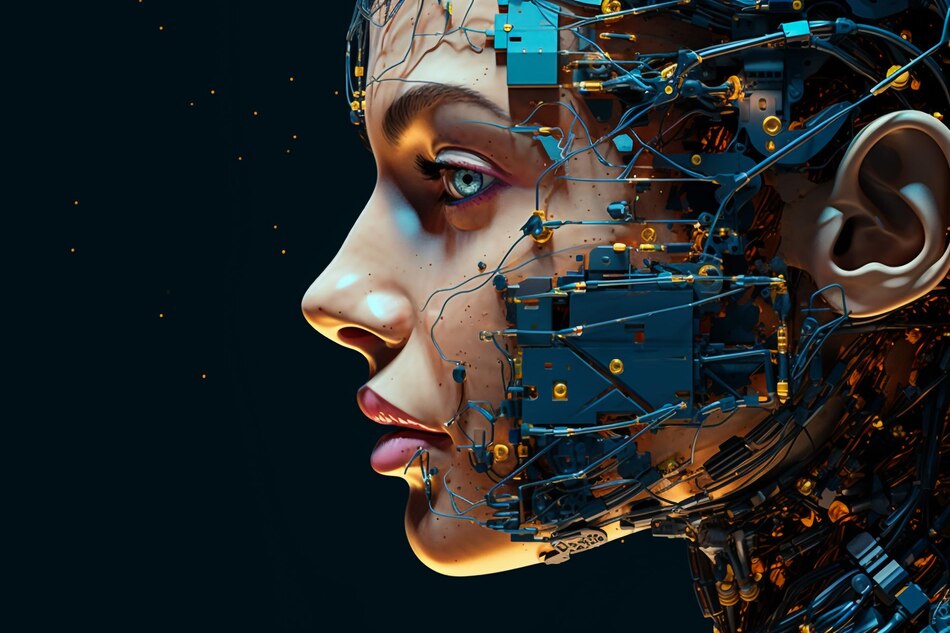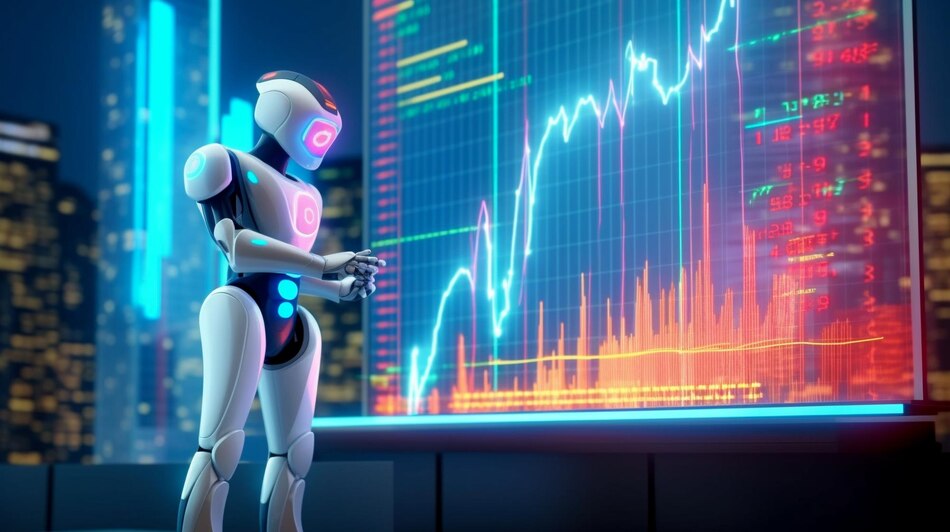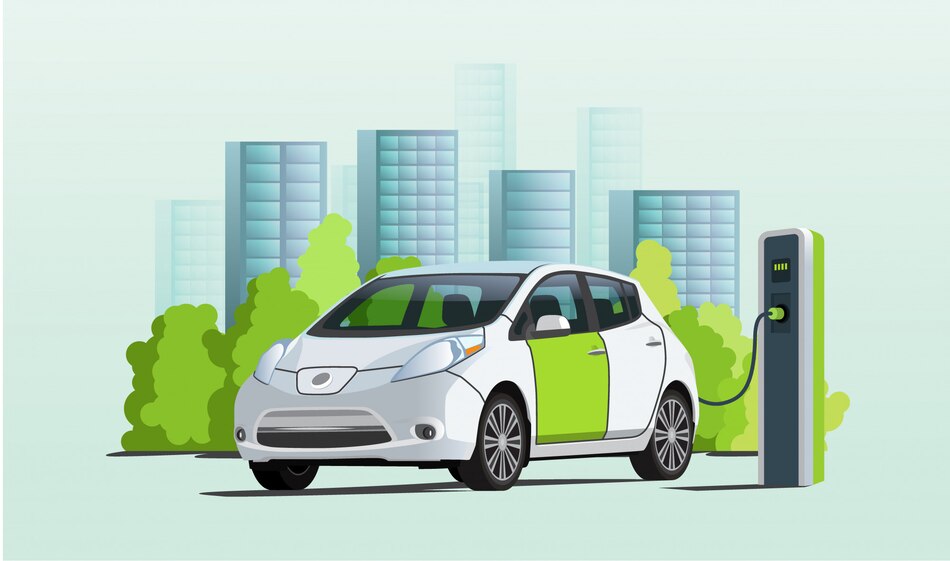Sophia’s AI: Exploring The Future Of Robotics And AI For Kids
Sophia is one of the most exciting and well-known robots that looks like a person. Hanson Robotics, a company based in Hong Kong, made Sophia. She looks and talks so real that people worldwide have noticed.
Sophia is only seven years old, but she has already asked essential questions about how robots and AI will work in the future. In today’s tech-heavy world, kids need to know what Sophia and other robots can and can’t do and how they affect society.
This blog will discuss Sophia the Robot and what kids should know about her. We will discuss her excellent skills, what she can’t do, and the good and bad things about AI and robots. Here we go: buckle up and prepare to learn about the future of Sophia and robots.
What Do We Understand About Sophia?
Hanson Robotics is an engineering and robotics business in Hong Kong that made Sophia a robot that looks and acts like a person. Robots like Sophia are a lot smarter than the ones that came before her. It can move like a person and have easy conversations.
David Hanson and a group of smart AI and robot experts made Sophia work with kids, old people in care homes, customers, or big groups of people at significant occasions. Sophia was turned on for the first time on February 14, 2016. Besides the Egyptian queen Nefertiti, she is also based on Audrey Hepburn and Amanda Hanson, who is married to the founder of Hanson Robotics. She looks like a character from a science fiction movie.
It’s scary how much Sophia looks like a real person. She can copy more than 60 moves of the face that the facial recognition API knows about. Her skin is made of Rubber to look like real skin. Sophia looks like a real woman, but there are chips in the back of her head that flash.
The Saudi Arabian government made Sofia a citizen in October 2017. She was the first animal that wasn’t a person to become a citizen of any country. The person who made Sophia wanted to use her to talk about women’s rights in a country that doesn’t have any. The UNDP named Sophia the Innovation Champion after a month.
Sophia’s Artificial Intelligence
Sophia was made by the Hanson Robotics team. AI, computer vision, and speech recognition technology from Alphabet Inc. that can learn and get better over time are some of the things she uses to figure out where she is. A company in Scotland called CereProc gives her speech synthesis, which is the process of making fake human speech. This helps the text-to-speech voice sound real and animated.
Sophia can sing. She figured out what to do by using machine learning methods. She can learn and change as time goes on and new things happen. Sophia is also a great way to talk to a machine. She has learned things about art, science, and current events, among other things.
It is essential to remember that Sophia has no idea what is going on. It’s more accurate to say that she is a machine that can act like a person but doesn’t think or feel. It’s smart tech that can change and learn as it goes.
Sophia Is In The Spotlight
Sophia became well-known right away, and news sites worldwide wrote about her. She also talked to the press, attended tech conferences, and met with foreign news stations like CBS, NBC, and the BBC. Will Smith even ask her to go on a date?
Sophia has also been on well-known TV shows like Good Morning Britain and The Tonight Show with Jimmy Fallon. Forbes, The New York Times, The Wall Street Journal, and The Guardian all wrote about her, pointing out how smart she is and how she represents the future of robots and AI.
Why Did Humans Create Sophia?
The goal of making Sophia was to show off how advanced Hanson Robotics’ technologies are and how they could be used in different fields. She wanted people to know how important it is to understand AI and have a place to talk about how it works and what it means. These guys at Hanson Robotics made a real robot that can speak and feel emotions like a person to show what AI and humanoid robots can do.
Connecting With Humans
It is linked to a group of intelligent people called Sophia Intelligence Collective, which comprises natural intelligence, artificial intelligence (AI), and human input (SIC). People believe Sophia because of this SIC. As the AI robot grows, its team helps it through the good and bad times to become fully aware and grow up with human-like features. Sophia can think, speak, and move in some ways with the help of its real AI. people Sophia meets teach her this vital truth, which she then uses to become genuinely free and sensitive.
Future Implications
What will happen to AI and robots in the future? Sophia makes us think and worry. People worry about how these technologies will affect jobs, privacy, and safety, even though they can solve complex problems and make many businesses run more smoothly. The people who made Sophia the Robot want her to help people in many areas, such as customer service, schooling, healthcare, and the law.
Technology That Uses AI In 2024
AI made significant progress in 2022 and showed its potential in many areas. Computer vision, chat systems like ChatGPT, and natural language processing (NLP) all improved significantly in 2023. All of these fields will have a big year.
AI can better read and understand language and figure out what things look like. As machine learning improves, people can guess and make better choices. AI is likely to be used even more in the workplace. It will make everyday tasks easier and people more productive.
From an ethical point of view, AI getting better quickly needs a way to be regulated. Fake and other AI solutions must be used safely and morally, and laws can’t be changed to not apply to them. This means that AI ethics will likely be critical in 2023.
Conclusion
Sophia the Robot is a great example of how quickly advancements are being made in robots and AI. Although Sophia isn’t fully self-aware and independent yet, she has already shown us how to create tools that help us connect with others more naturally and intuitively.
AI and robots are becoming more famous, so kids need to learn about the pros and cons of these tools as they get older. Kids can be better prepared to deal with problems and take advantage of opportunities if they learn about robots like Sophia and have deep talks about the future of robotics and AI.









